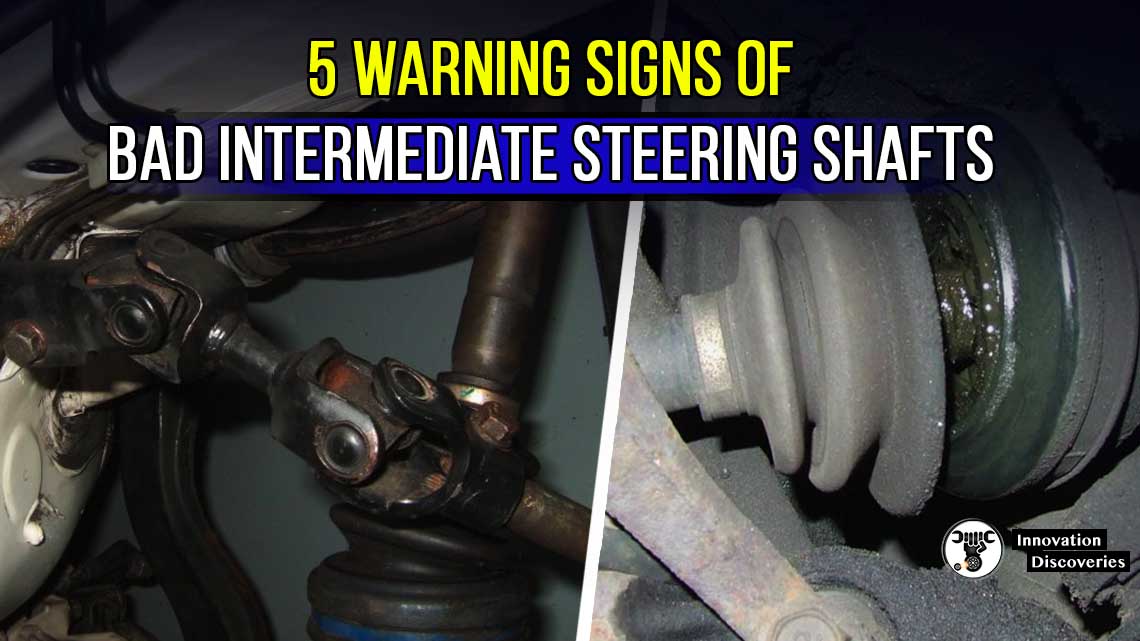
Introduction:
The intermediate steering shaft is a crucial component that connects the steering wheel to the steering gearbox or rack. It plays a vital role in transmitting the driver’s input to the wheels, allowing for smooth and controlled steering. However, like any mechanical part, intermediate steering shafts can develop problems over time.
Read More: How Power Steering Works?
In this article, we will explore five warning signs that indicate a potential issue with the intermediate steering shaft.
What are the symptoms of Bad intermediate shafts?
Symptoms of a bad intermediate steering shaft include difficulty in turning the wheels, odd sounds while turning, irregular position of the steering wheel, loose fitting of the steering wheel, and the presence of rust and dust on the wheel bearings.
Some of the symptoms of a “not working” intermediate steering shaft are as follows.
1. Difficulty In Turning The Wheels

One of the primary signs of a bad intermediate steering shaft is difficulty when turning the wheels. If you notice increased resistance or stiffness while attempting to turn the steering wheel, it could indicate a problem with the intermediate shaft. This issue may arise from worn-out joints or lack of proper lubrication within the shaft assembly.
2. Odd Sounds While Turning

Unusual sounds, such as clunking, clicking, or grinding noises, while turning the steering wheel can be a clear indication of a failing intermediate steering shaft. These noises often occur due to excessive play or damaged bearings within the shaft assembly. Ignoring these sounds can lead to further damage and potentially compromise the steering system’s integrity.
Following the expert maintenance tips is hugely vital to avoid this issue in your car.
3. Irregular Position Of The Steering Wheel
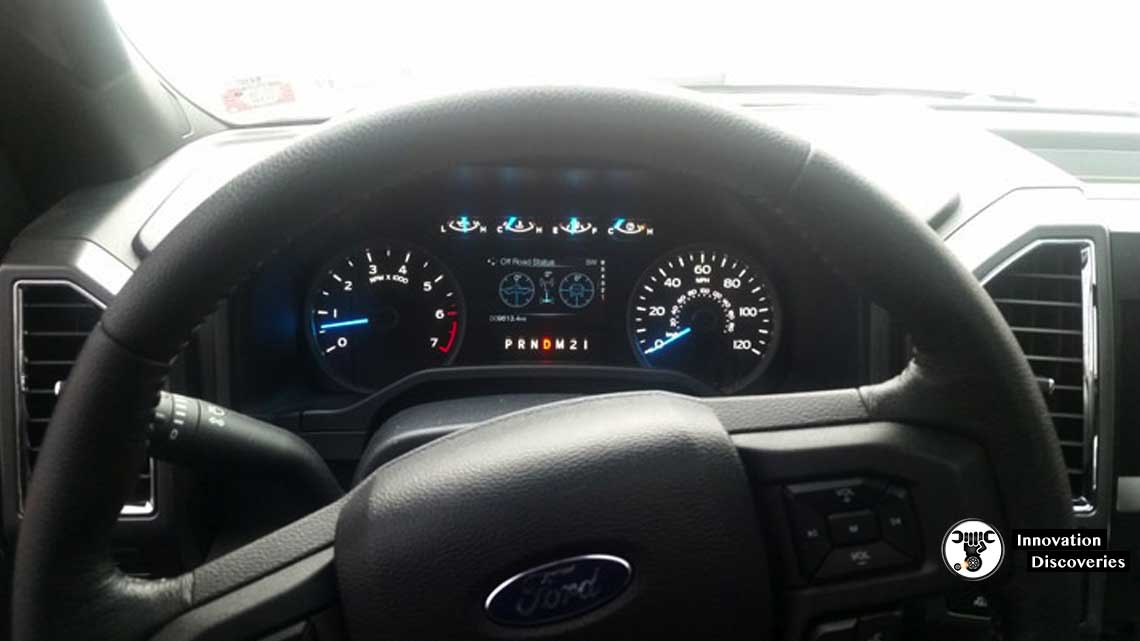
A misaligned or off-centered steering wheel position is another red flag of a faulty intermediate steering shaft. If you find that the steering wheel is not in its usual upright position when driving straight, it could imply a problem with the intermediate shaft.
This issue may arise due to wear in the shaft’s components, causing misalignment between the steering wheel and the wheels.
4. Loose Fitting Of The Steering Wheel
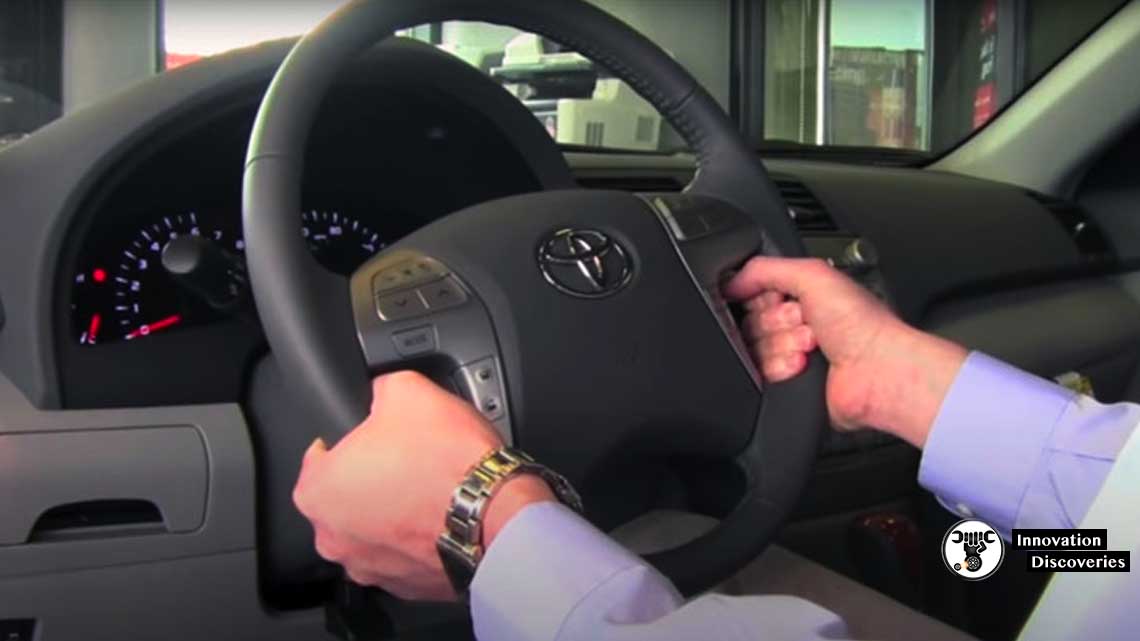
When the intermediate steering shaft starts to wear out, you may experience a loose or sloppy feeling in the steering wheel. Excessive play or a noticeable delay in response when turning the wheel can indicate a compromised intermediate shaft.
This issue can lead to imprecise steering control, affecting the overall driving experience and potentially compromising safety.
5. Rust And Dust On The Wheel Bearings
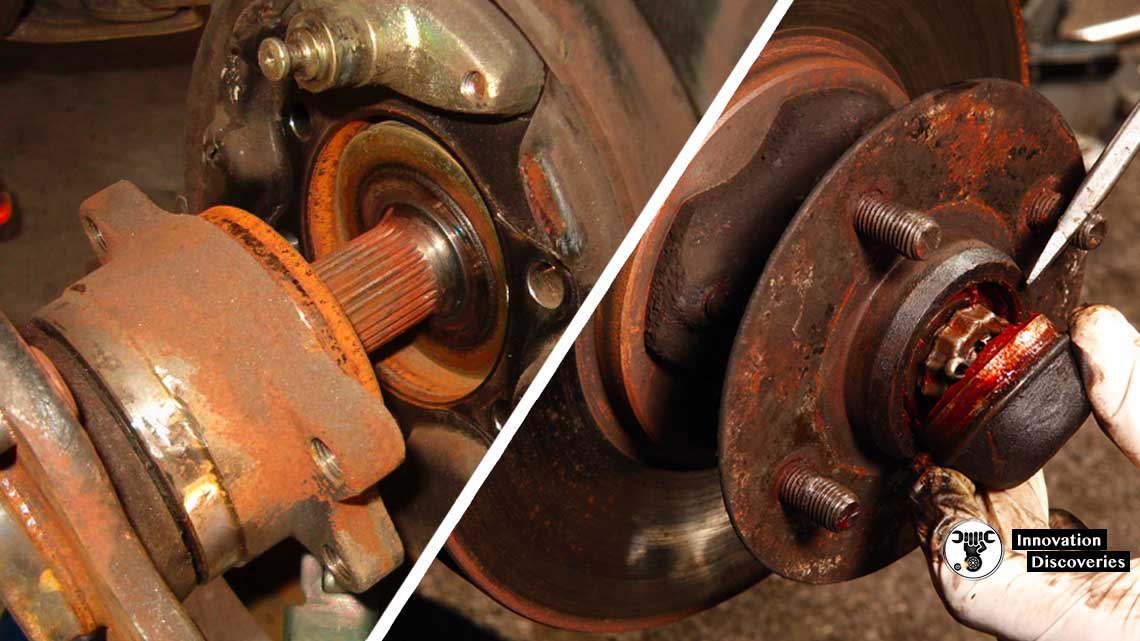
Inspecting the intermediate steering shaft’s wheel bearings can provide valuable insights into its condition. If you notice the presence of rust, excessive dust, or visible signs of corrosion on the wheel bearings, it suggests a potential problem with the intermediate shaft.
Rust and dust accumulation can hinder the smooth operation of the shaft, leading to increased friction and premature wear.
Conclusion:
Recognizing the warning signs of a bad intermediate steering shaft is crucial for maintaining a safe and well-functioning steering system. If you experience any of the symptoms mentioned above, it is recommended to have your vehicle inspected by a qualified mechanic.
Timely detection and repair of issues related to the intermediate steering shaft can help prevent further damage, ensuring optimal steering performance and overall vehicle safety.
DISCOVER MORE:
Read: ELECTRIC VS HYDRAULIC POWER STEERING
Read More:
- 3 COMMON SYMPTOMS OF LOW POWER STEERING FLUID
- ELECTRIC VS HYDRAULIC POWER STEERING
- HOW POWER STEERING WORKS?
- STEERING SYSTEM: REQUIREMENTS, TYPES, POWER STEER
Also, read:
- How Power Steering Works?
- TOP 5 CAUSES OF STEERING WHEEL SHAKES AT LOW AND HIGH SPEEDS
- ELECTRIC VS HYDRAULIC POWER STEERING
Visit Forum
Visit Our Friendly Website


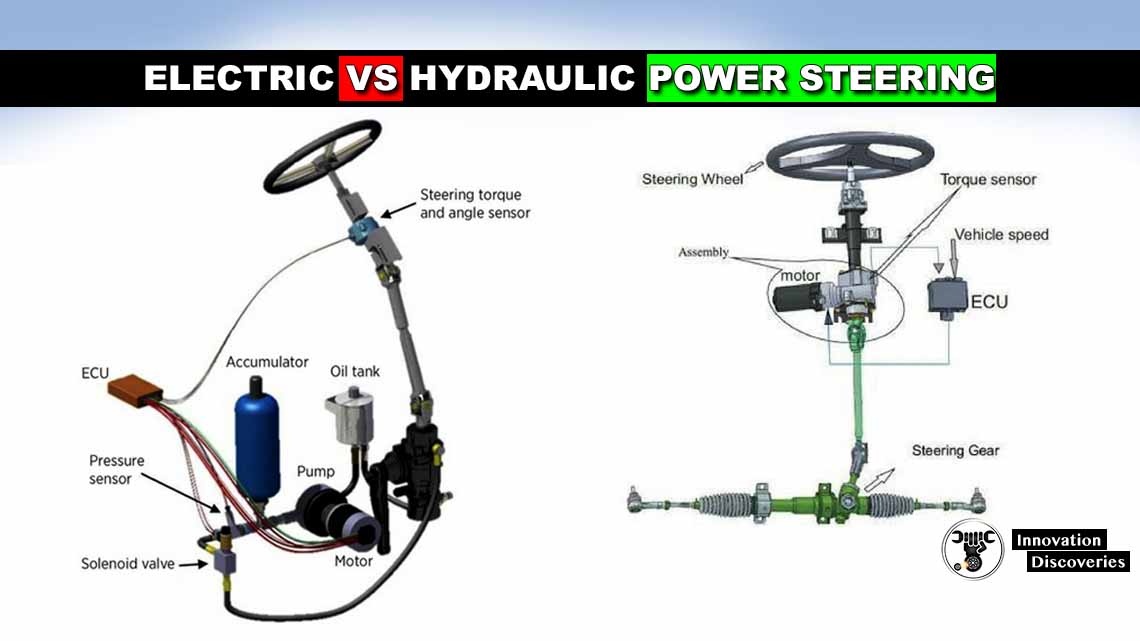

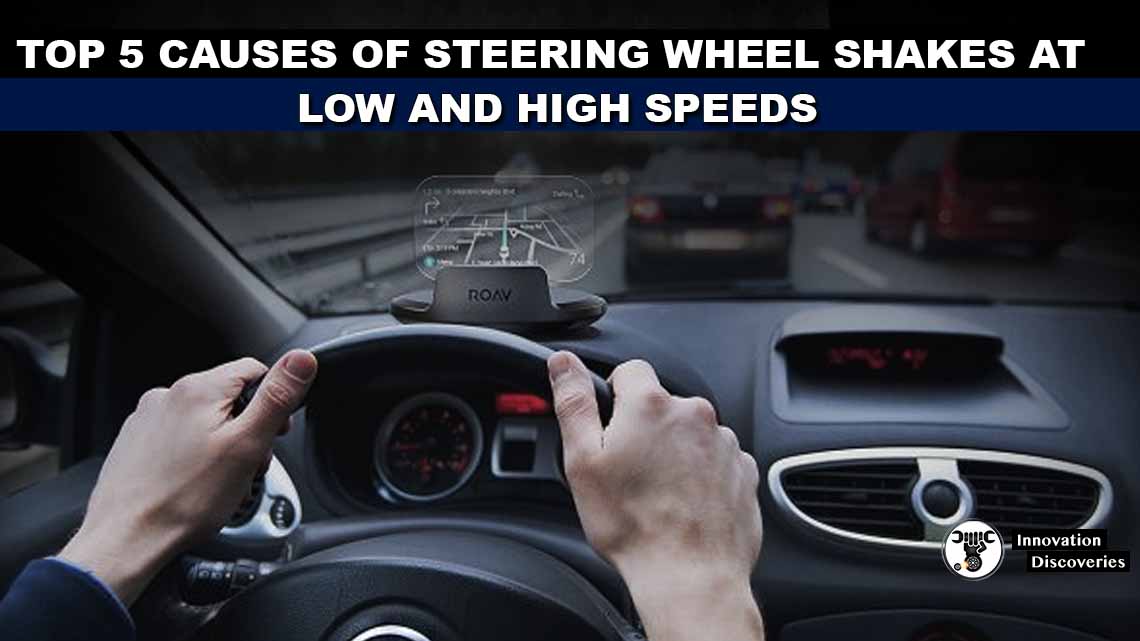
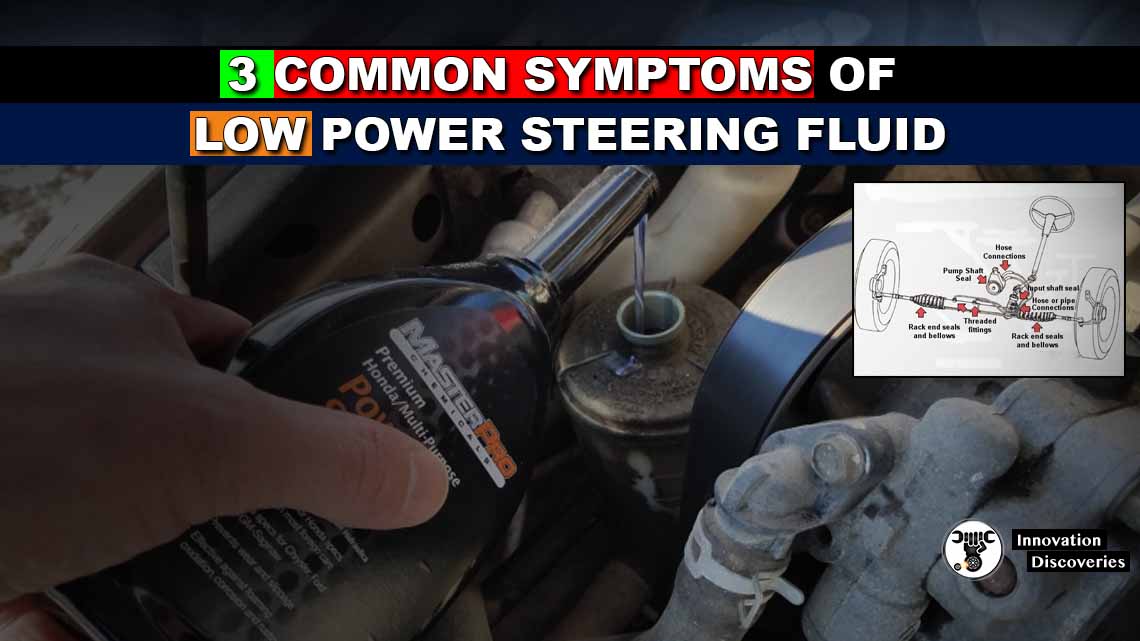
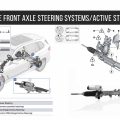

5 Comments